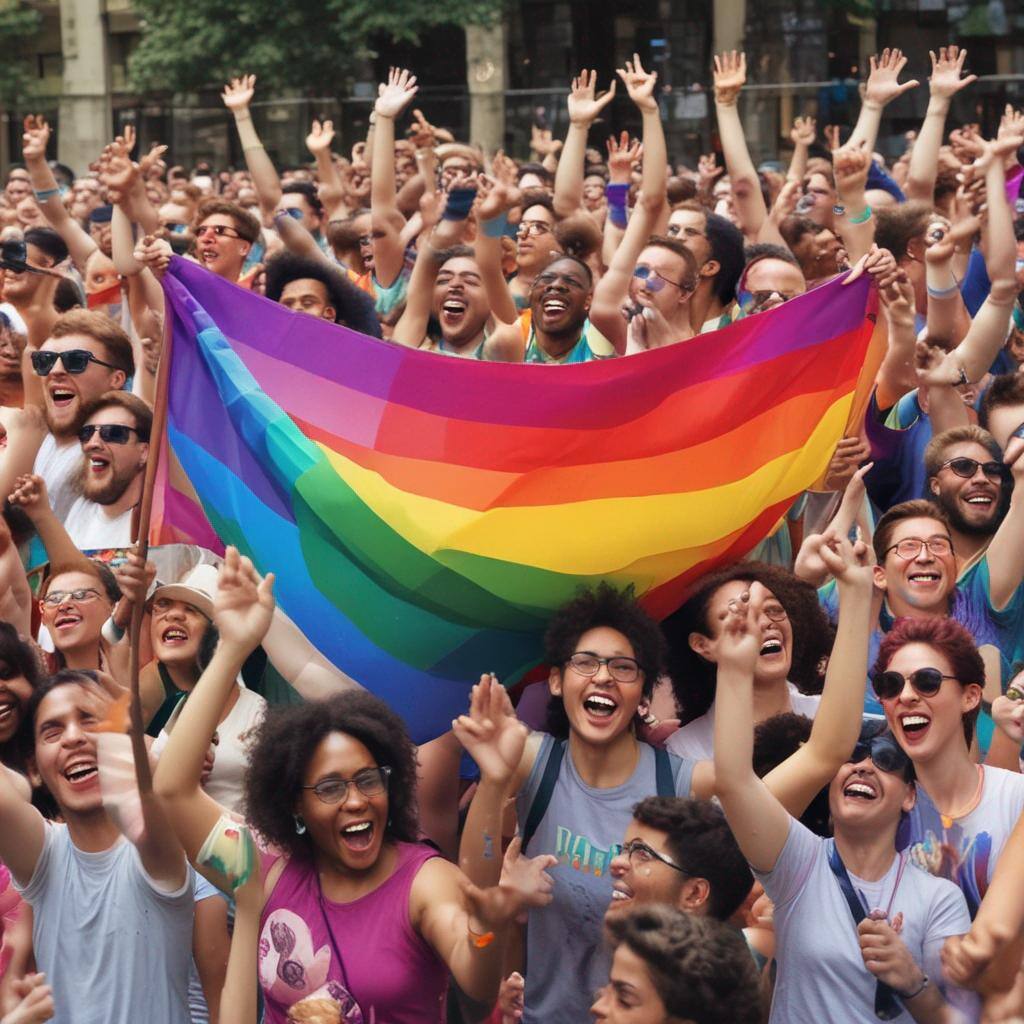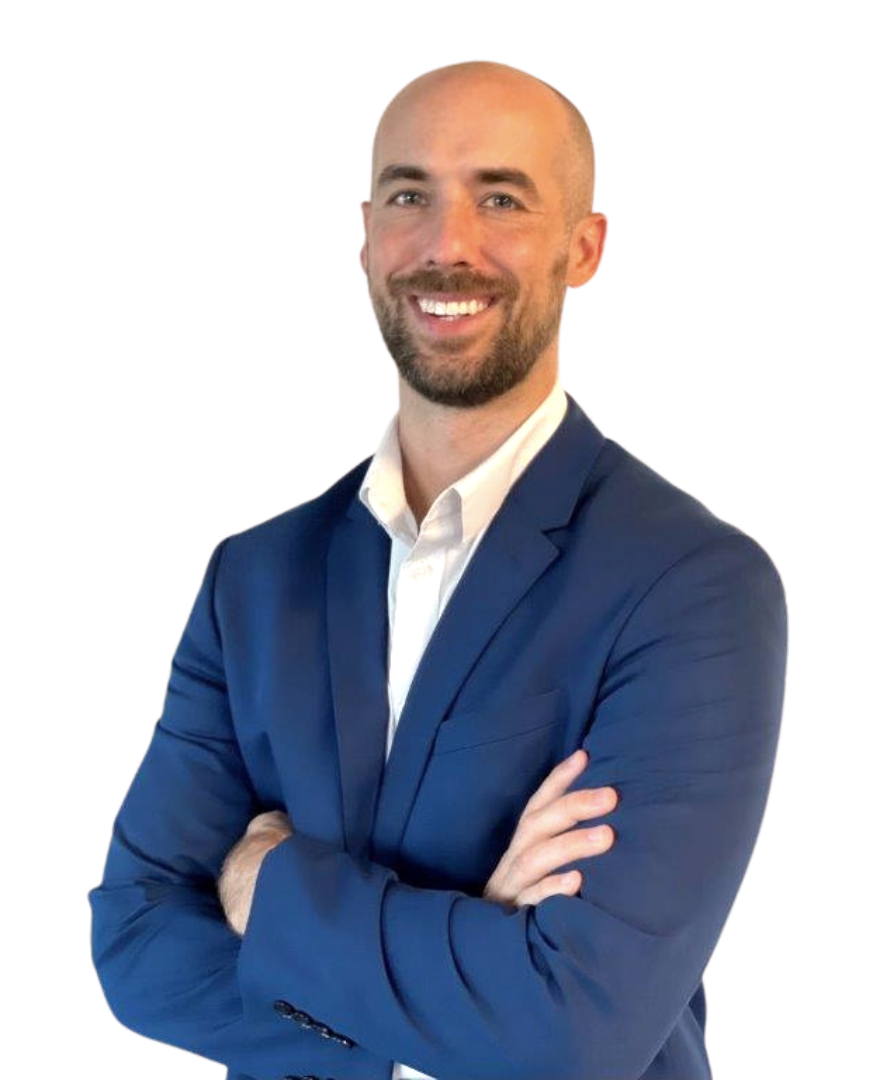The insurance industry, like many other sectors, faces challenges when it comes to diversity, equity and inclusion –and, in the current social climate, creating a safe, inclusive environment is more important than ever, especially for LGBTQIA+ individuals. According to a 2021 study by UCLA, 46% of LGBTQIA+ workers have experienced unfair treatment at work at some point in their lives, and worse, 38% reported experiencing harassment in the workplace because of their sexual orientation.
As we work towards creating an environment that champions diversity, we recognize the unique challenges faced by the LGBTQIA+ community within the insurance industry. This blog aims to provide practical strategies for managing discrimination and promoting allyship, ensuring that our workplace is welcoming and inclusive for all.
Like many others, our industry has made strides towards greater inclusion and acceptance of LGBTQIA+ individuals. However, challenges remain. Whether overt or subtle, discrimination can hinder professional growth and personal well-being. As an organization, it's crucial to address these issues head-on and cultivate a culture of acceptance and support.

If I compare my own experience as a part of the LGBTQIA+ community to many of my generation (hey, millennials 😉) I came out later than most. I was raised in an environment that was very hostile towards the gay community and grew up taught that being gay meant being ‘lesser than.’ To be certain, I knew who I was from an early age, but because of my upbringing and those around me, I felt the need to protect myself from being fully seen. In turn, I ended up internalizing a lot of the fear and homophobia.
Creating an inclusive workplace where LGBTQIA+ employees feel accepted and valued requires ongoing effort and commitment.
It wasn’t until after the Supreme Court ruling Obergefell v. Hodges in 2015, which legalized gay marriage, that I found the courage to finally stand in who I am. Naively, I thought this ruling meant the issues of homophobia and stigma towards the LGBTQIA+ community were over, and it was finally safe to be myself.
Obviously, I was wrong. In the nine years since that ruling, there has been an increase in hate crimes towards my community. Just this month, we marked the eight-year anniversary of the mass shooting at the Pulse Nightclub in Orlando, FL, where 49 people lost their lives. Increasingly, trans people are being attacked not only over access to sports participation and restroom access but also in parents’ ability to support their trans children. The threats to equality have continued, and we can see the impact it is having, especially on our LGBTQIA+ youth. Suicide is the second leading cause of death in young people aged 10 to 14, and LGBTQIA+ young people are more than four times as likely to attempt suicide than their peers.
I find myself now, nine years after coming out, in a position where I want to challenge people's misconceptions and break down the stigma that is built around the LGBTQIA+ community. From my own upbringing, I can understand that fears are often rooted in ignorance and a need to align with what is comfortable and “safe,” but when the impact of that fear of the unknown is discrimination and young people contemplating suicide, it’s simply not acceptable.
As an Organizational Development professional, I have had the privilege of working closely on quite a few DEI initiatives and have gotten a front row seat to the positive impact intentional and strategic DEI initiatives can have on an organization.. Pride Month is a great time to reflect on our journey towards creating an environment where everyone feels valued, respected, and empowered to be themselves and apply practical strategies for ensuring your organization is a safe place for all employees.
Real-World Strategies for Destigmatizing LGBTQIA+ in the Workplace
- Implement Comprehensive Policies
- Value Proposition: Incorporate inclusion in your company values. Doing so emphasizes a commitment to be a more inclusive and respectful workplace, ensuring that all employees feel valued and supported.
- Reporting Mechanisms: Establish safe, confidential channels for reporting discrimination or harassment. Employees should feel confident that their concerns will be taken seriously and addressed promptly.
- Support Networks
- Employee Resource Groups (ERGs): Encourage the formation of LGBTQIA+ ERGs. These groups provide support, advocacy, and a sense of community for employees.
- Mentorship Programs: Establish mentorship programs that pair LGBTQIA+ employees with allies or senior leaders. This fosters professional development and ensures all employees have access to growth opportunities.
- Lead by Example
- Inclusive Leadership: Leaders and managers should model inclusive behavior. When leaders actively support LGBTQIA+ initiatives and speak out against discrimination, it sets a powerful example for the entire organization.
- Visibility and Advocacy: Celebrate LGBTQIA+ awareness days, such as Pride Month, and encourage visible support from all levels of the company.
- Foster Open Dialogue
- Safe Spaces: Create environments where employees feel comfortable sharing their experiences and concerns. Regular check-ins, town hall meetings, and anonymous feedback tools can help facilitate open communication.
- Listening and Learning: Encourage employees to listen to their LGBTQIA+ colleagues' stories and perspectives. This helps build empathy and understanding, which are crucial for effective allyship.
- Celebrate Diversity
- Inclusive Events: Organize events that celebrate the diversity of your workforce. These can include cultural awareness days, LGBTQIA+ history events, and inclusive social gatherings.
- Recognition Programs: Recognize and reward employees who exemplify the values of inclusion and allyship. Celebrating these individuals reinforces the importance of these values within the company culture.
Creating an inclusive workplace where LGBTQIA+ employees feel accepted and valued requires ongoing effort and commitment. Together, we can ensure that every employee feels empowered to bring their authentic selves to work, contributing to a richer, more dynamic, and innovative workplace. Let's continue to soar to new heights, embracing the diversity that makes us stronger and more resilient as a company and as individuals.

